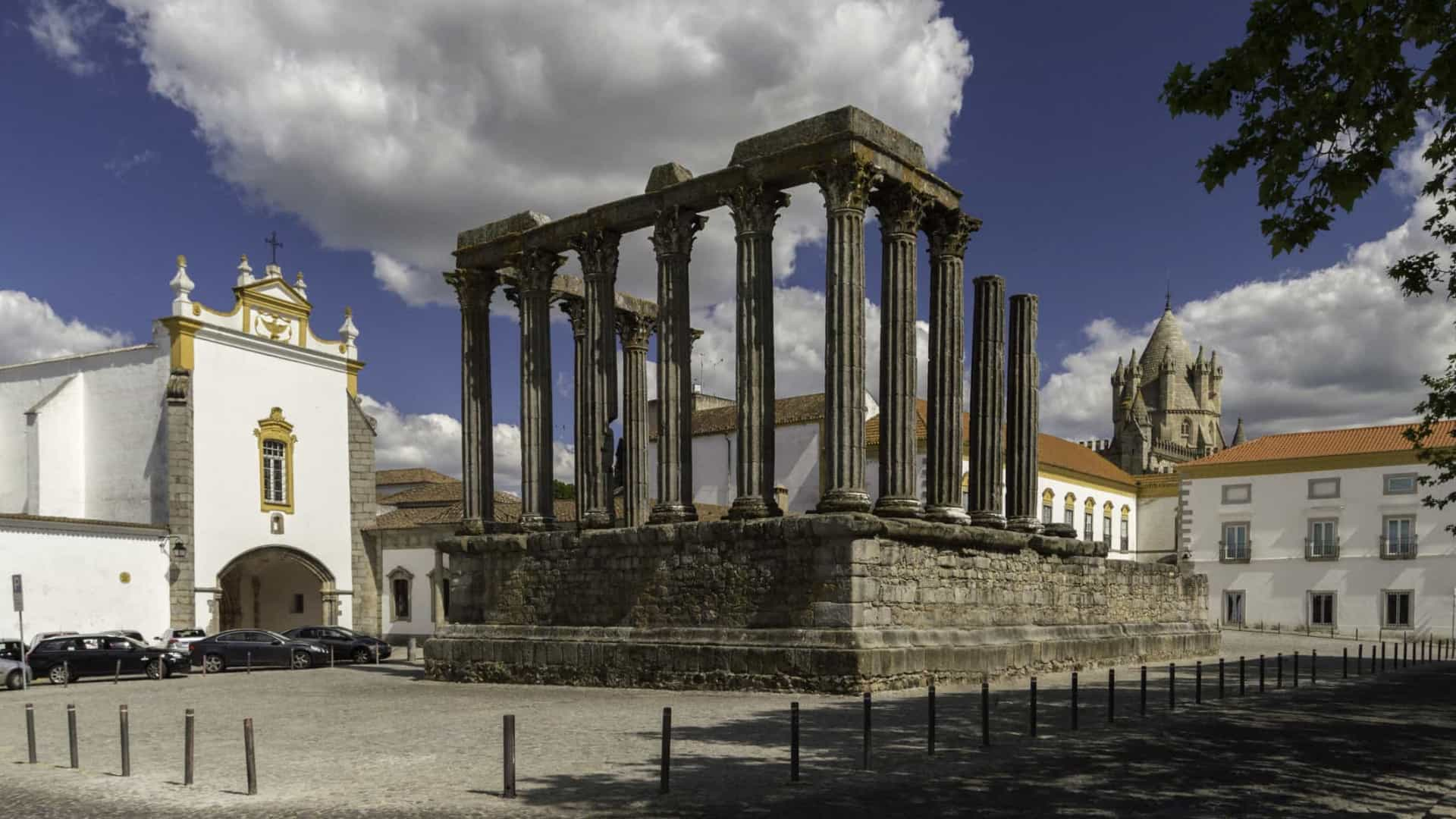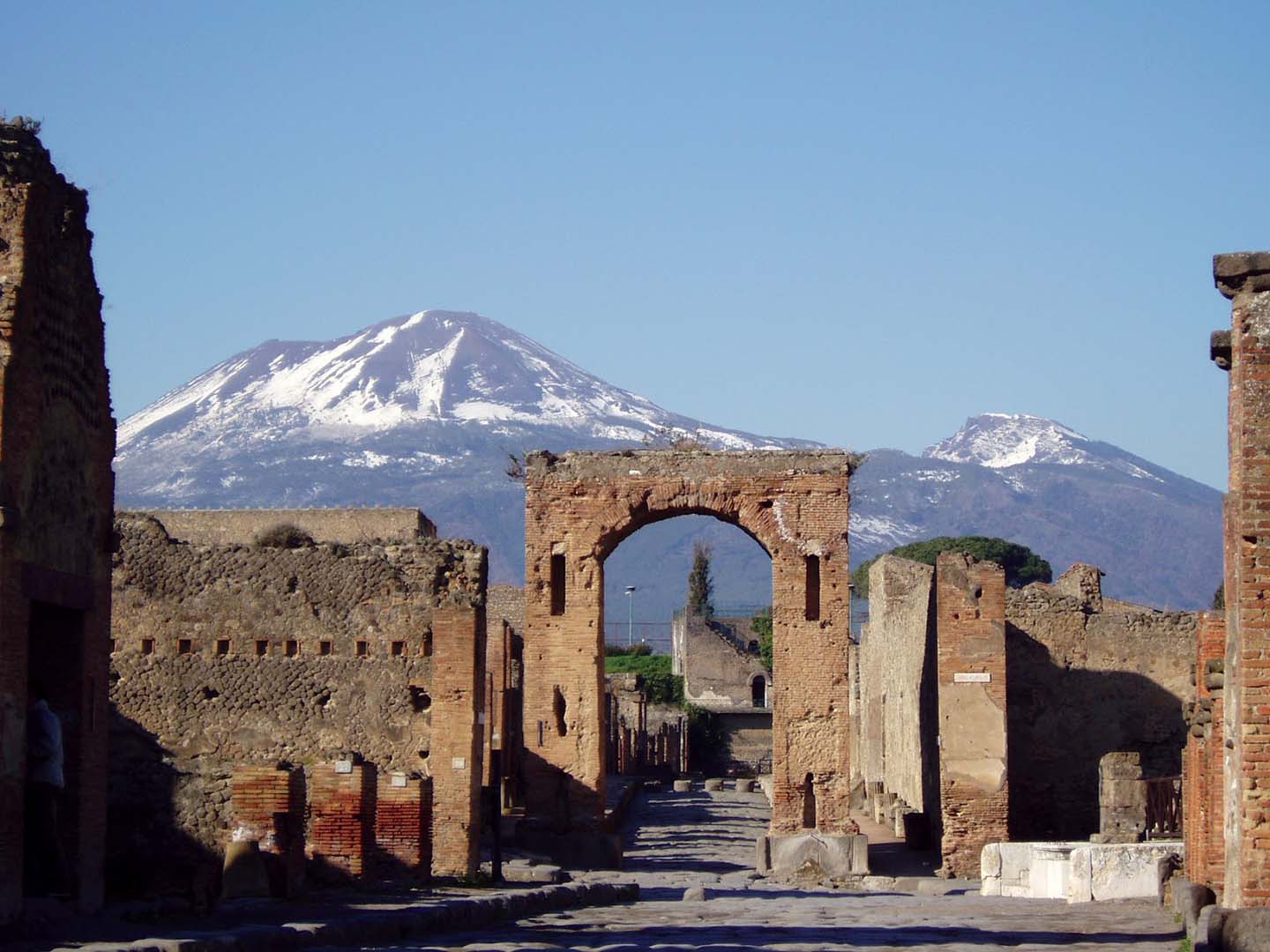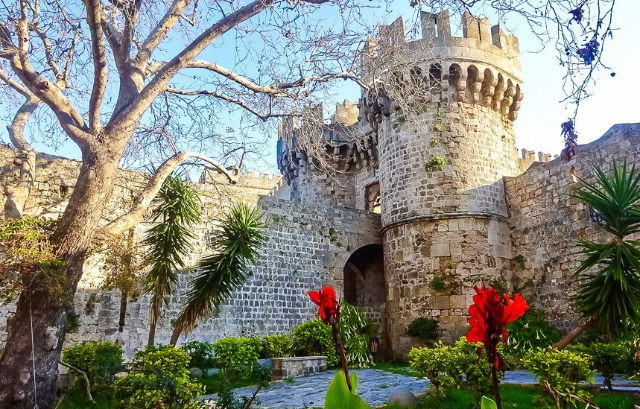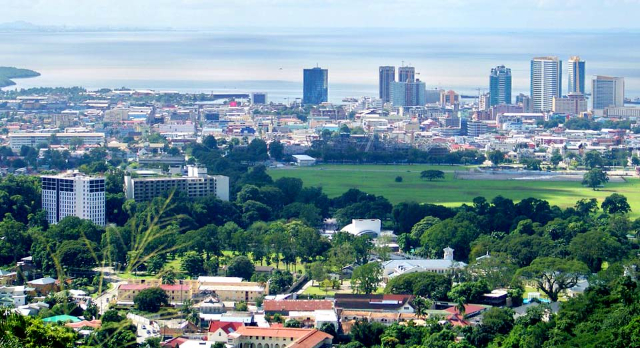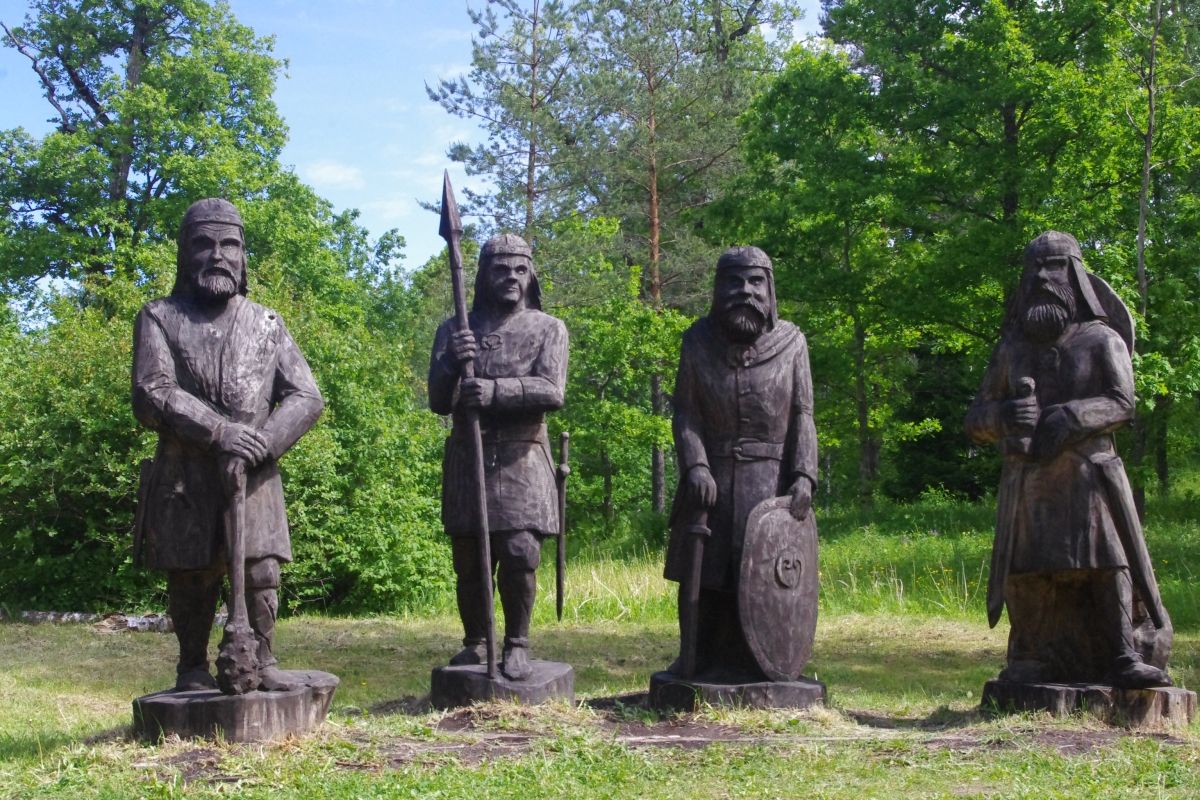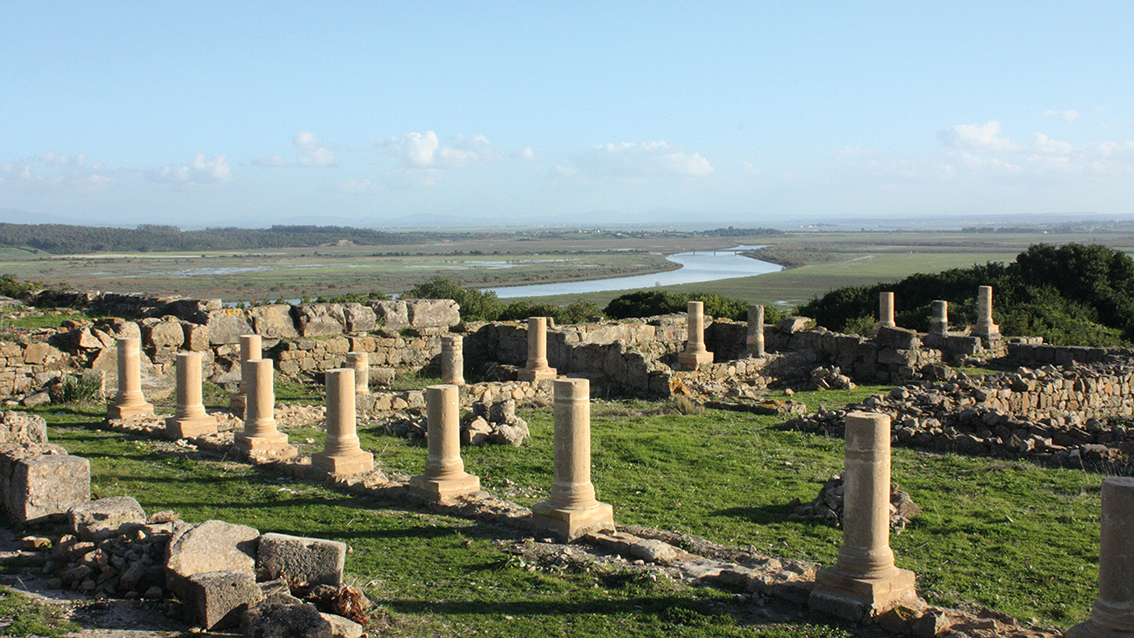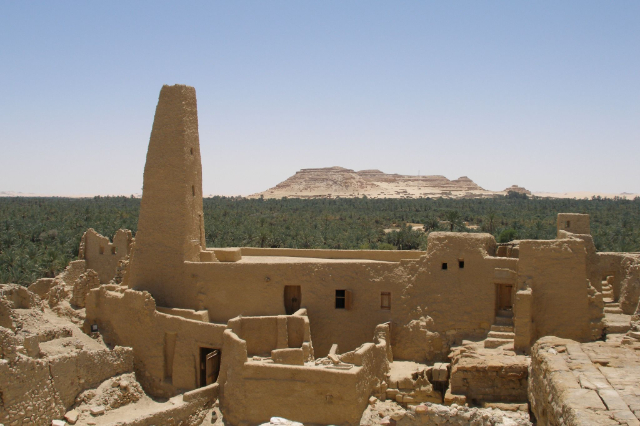Évora, a city that is a Portuguese art history book.
The best way to visit it is on foot, walking through the narrow streets, lined with white houses, to gradually discover the monuments and peculiarities that reveal the history of Évora and the richness of its heritage.
The quiet and welcoming atmosphere explains why the city, of Roman origin, was chosen as a residence by the kings of Portugal in the 15th century, a fact that contributed to the cultural development and importance it had in the following centuries. Indeed, it was its long history and the scrupulous preservation to the present day of an urban complex representative of the centuries between the 16th and 18th that led UNESCO to classify Évora as a World Heritage Site.
To begin with, Praça do Giraldo, the heart of the city and the meeting point par excellence, with numerous cafes and bars, with outdoor tables, shops and the tourist office. At one end, there is the Igreja de Santo Antão and the Chafariz (fountain) made of marble with 8 spouts, representing the 8 streets that converge in the square.
